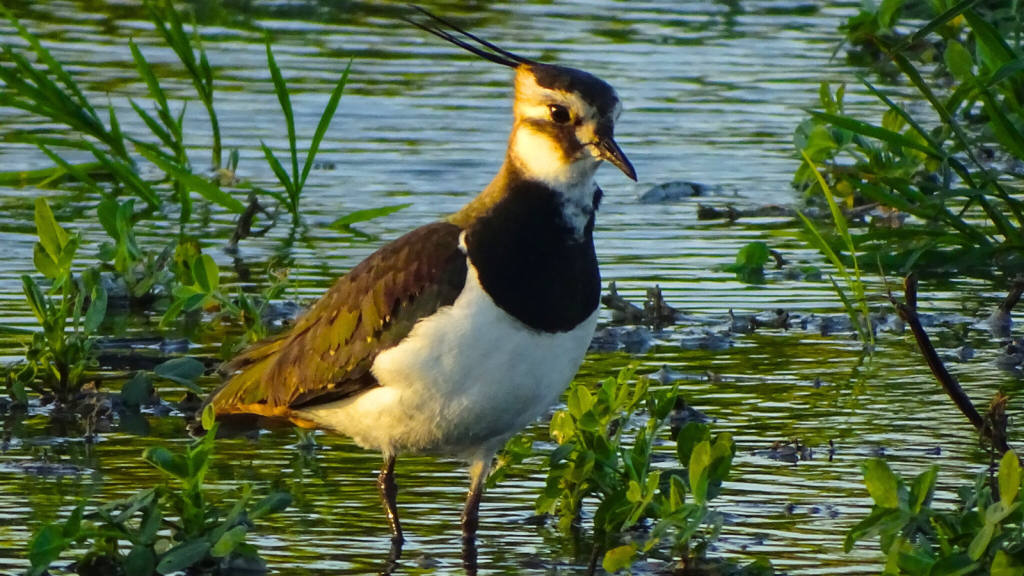The British countryside is home to a stunning array of bird species, each with its own unique charm and beauty. However, many of these beloved feathered friends are facing serious threats to their survival. Habitat loss, climate change, and changes in farming practices have all taken their toll on our native birds. Understanding which species are at risk is the first step in helping to protect them. Here’s a look at 17 British birds whose numbers have dropped alarmingly in recent years, and why we should care about their future.
Turtle Dove
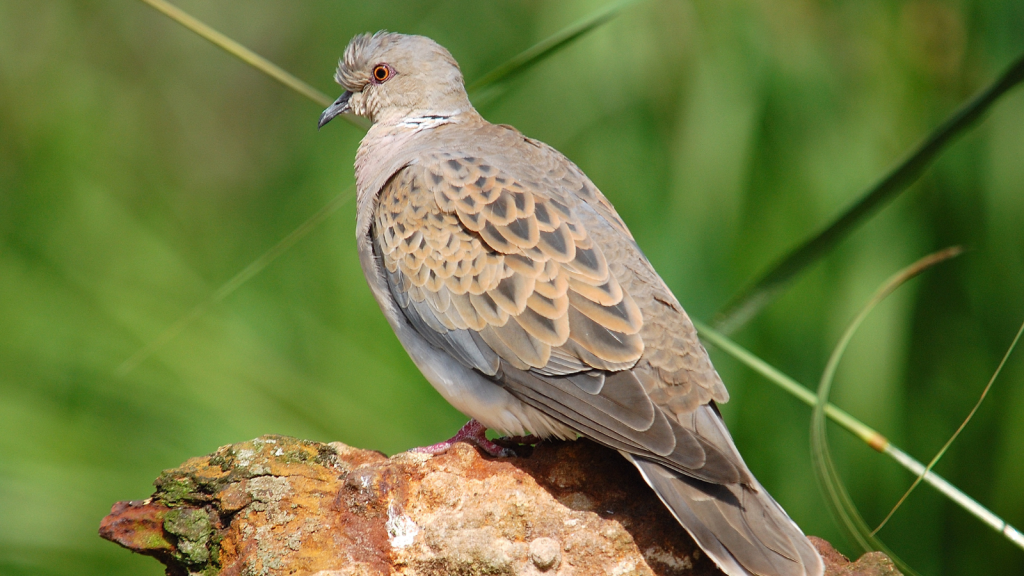
Once a common sight in British gardens, the turtle dove has seen its population plummet by a staggering 98% since 1970. These gentle birds are known for their soft, purring call and distinctive scale-like pattern on their wings. They face threats from hunting during migration and changes in farming practices that have reduced their food sources. Conservation efforts are focusing on creating suitable habitat with abundant seed food to help these birds recover.
Cuckoo
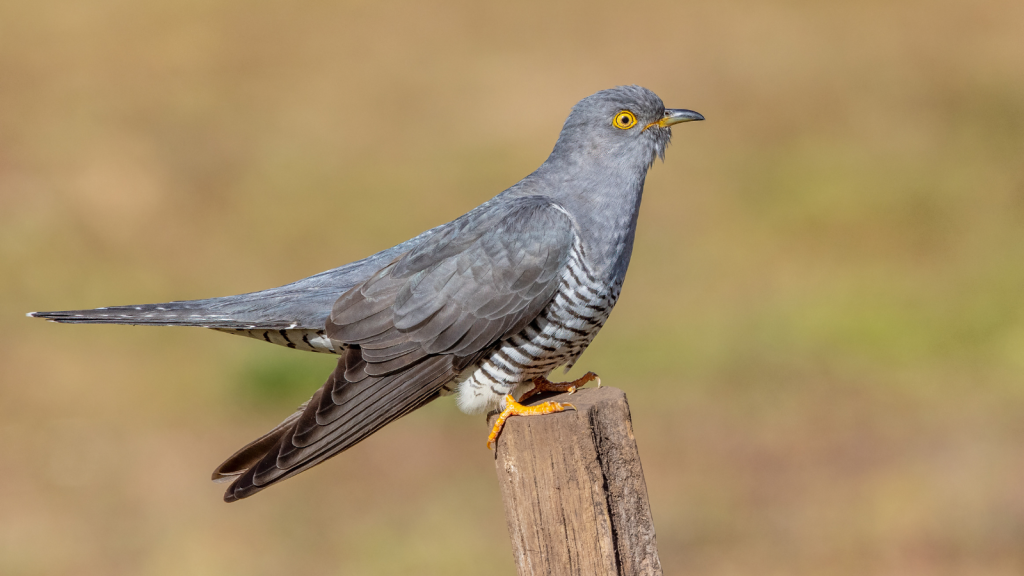
The cuckoo’s distinctive call has long been a herald of spring in Britain, but it’s becoming increasingly rare. These clever birds are known for laying their eggs in other birds’ nests. Their numbers have dropped by about 65% since the 1980s, likely due to climate change affecting their migration patterns and reducing the availability of their caterpillar prey. Researchers are using satellite tracking to better understand their migration routes and the challenges they face.
Nightingale
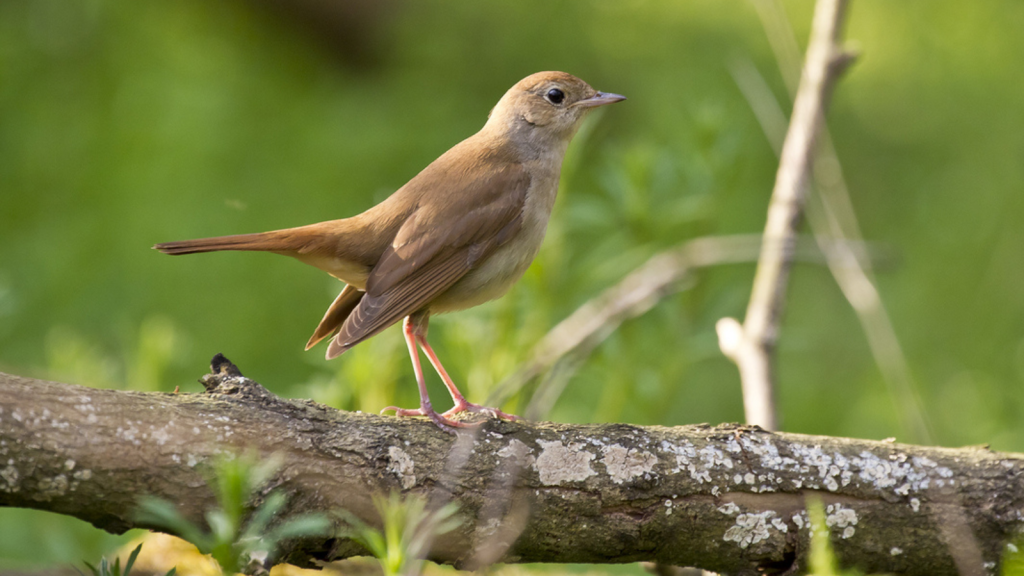
Famed for its beautiful song, the nightingale is now sadly silent in many parts of Britain. These secretive birds have declined by more than 90% in the last 50 years. The loss of dense woodland undergrowth, their preferred habitat, is thought to be a major factor in their disappearance. Conservation efforts are focusing on restoring and managing suitable woodland habitat to encourage nightingales to return.
Skylark

The skylark’s song, delivered as it hovers high above fields, is one of the most iconic sounds of the British countryside. But these ground-nesting birds have seen their numbers fall by 75% since the mid-1970s. Changes in farming practices, particularly the move from spring to autumn sowing of cereals, have made it harder for skylarks to find suitable nesting sites. Some farmers are now leaving ‘skylark plots’ – small, bare patches in fields – to provide nesting areas for these birds.
Willow Tit
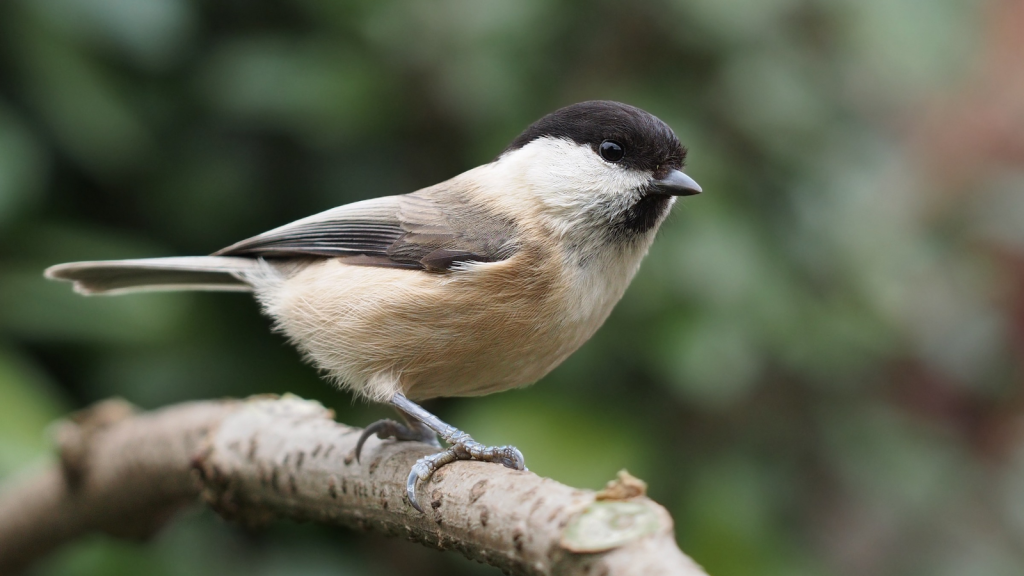
The willow tit is now the second fastest declining bird in the UK, after the turtle dove. These small, grey-brown birds have lost 94% of their population since 1970. They need rotting wood to excavate their nest holes, but the tidying up of woodlands has removed much of this habitat. Conservation efforts are focusing on maintaining areas of damp, scrubby woodland with plenty of dead wood to provide suitable nesting sites.
Starling
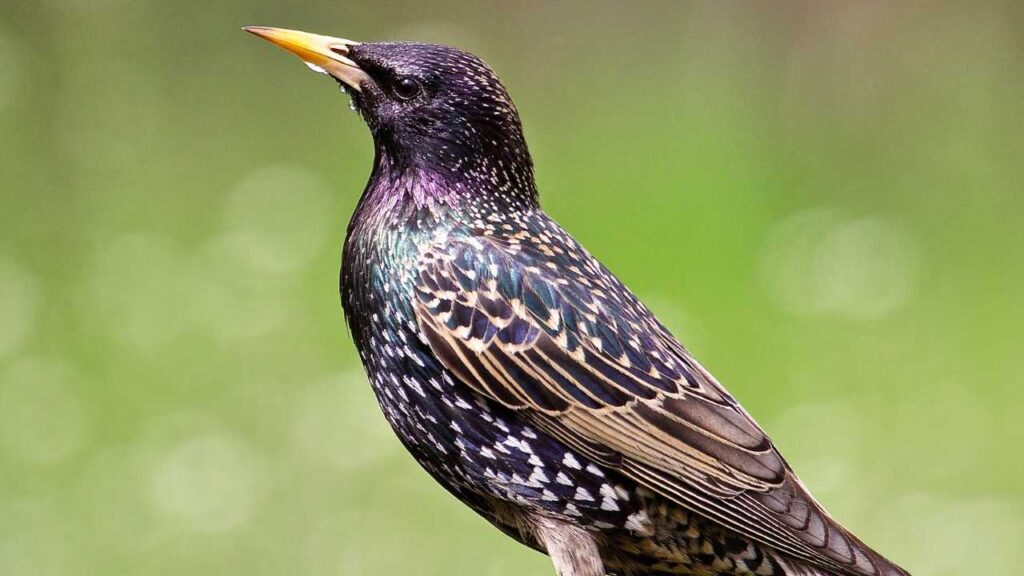
Once one of the most common garden birds in Britain, starling numbers have fallen by more than 80% since 1979. These gregarious birds, known for their spectacular aerial displays called murmurations, are struggling due to a lack of insect food and nesting sites in urban areas. Providing nest boxes and maintaining insect-rich lawns can help support local starling populations.
House Sparrow
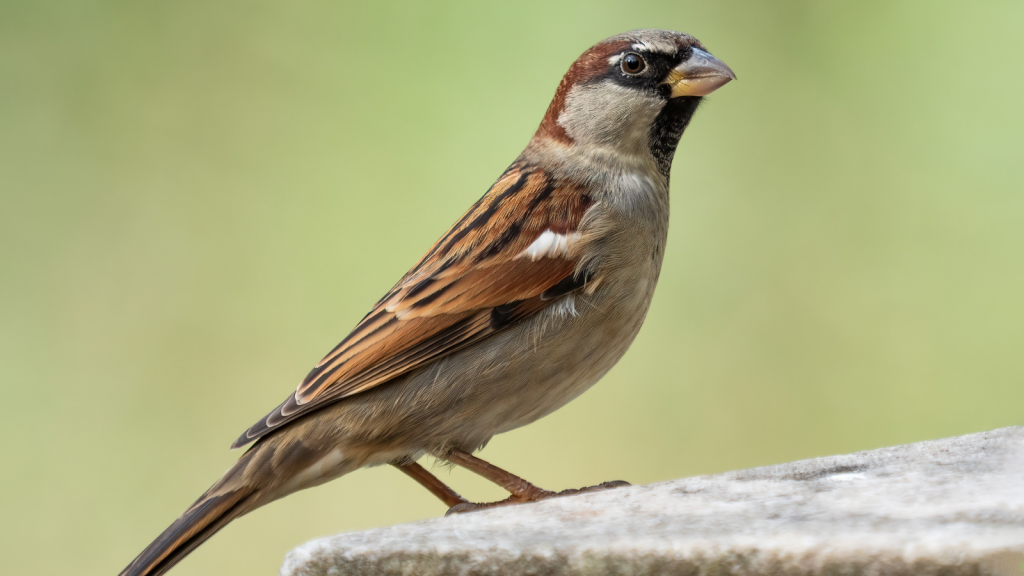
The chirpy house sparrow was once ubiquitous in British towns and cities, but its population has plummeted by 71% since 1977. The reasons for this decline are not fully understood, but loss of nesting sites and food sources in urban areas are likely culprits. Homeowners can help by providing nest boxes and planting native shrubs that offer seeds and shelter.
Grey Partridge
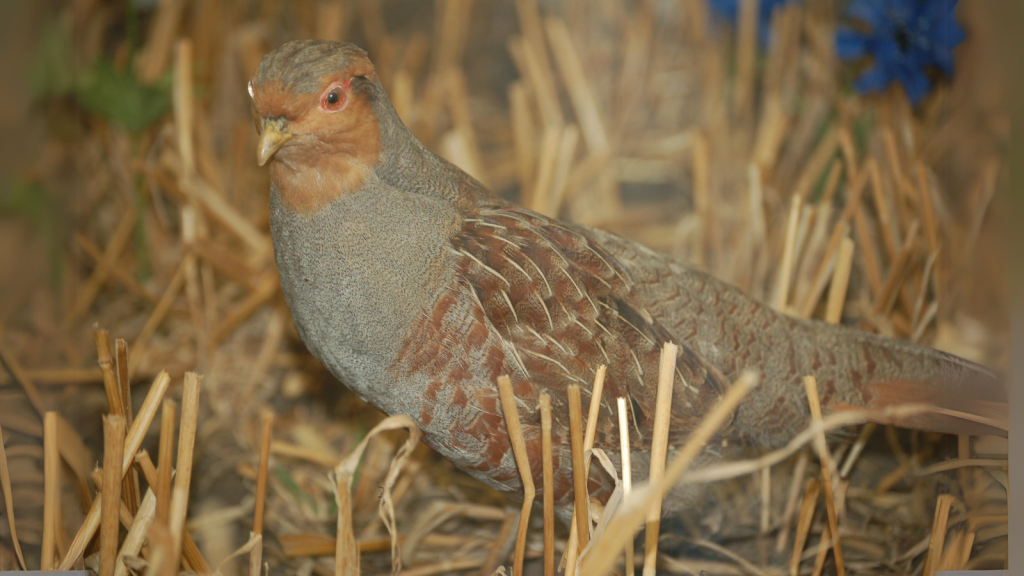
The grey partridge, a plump gamebird of farmland and field edges, has seen its numbers fall by 92% since 1970. Changes in farming practices, including the use of pesticides that kill the insects partridge chicks need for food, have hit this species hard. Some farmers are now implementing conservation measures such as beetle banks and wild bird seed mixes to support partridge populations.
Lesser Spotted Woodpecker
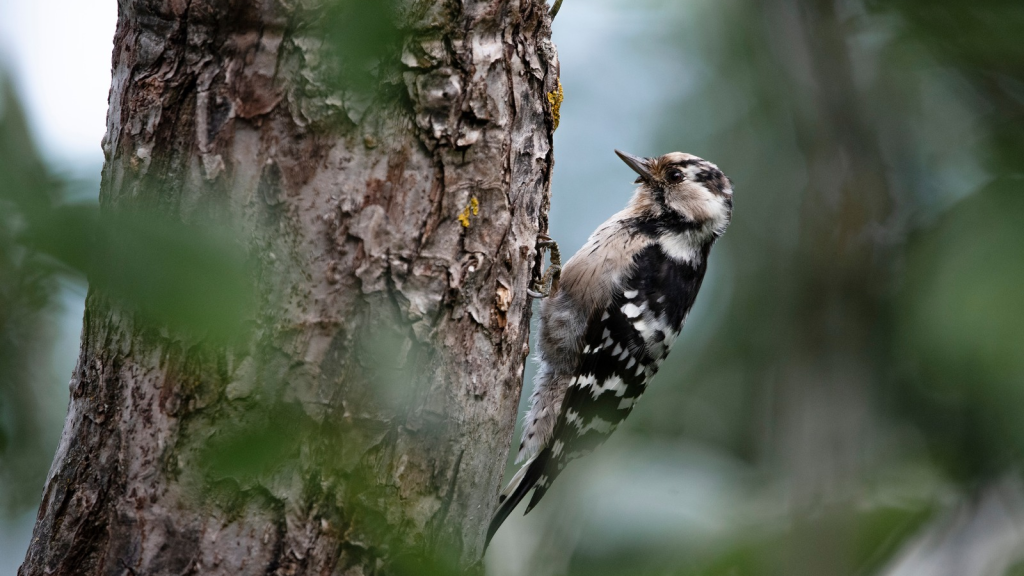
This tiny woodpecker is now so rare that it’s hard for researchers to get accurate population estimates. It’s thought to have declined by 83% since the 1970s. The loss of old, decaying trees that provide both food and nesting sites is a major threat to this species. Preserving mature woodlands and leaving dead wood in place can help support these elusive birds.
Curlew
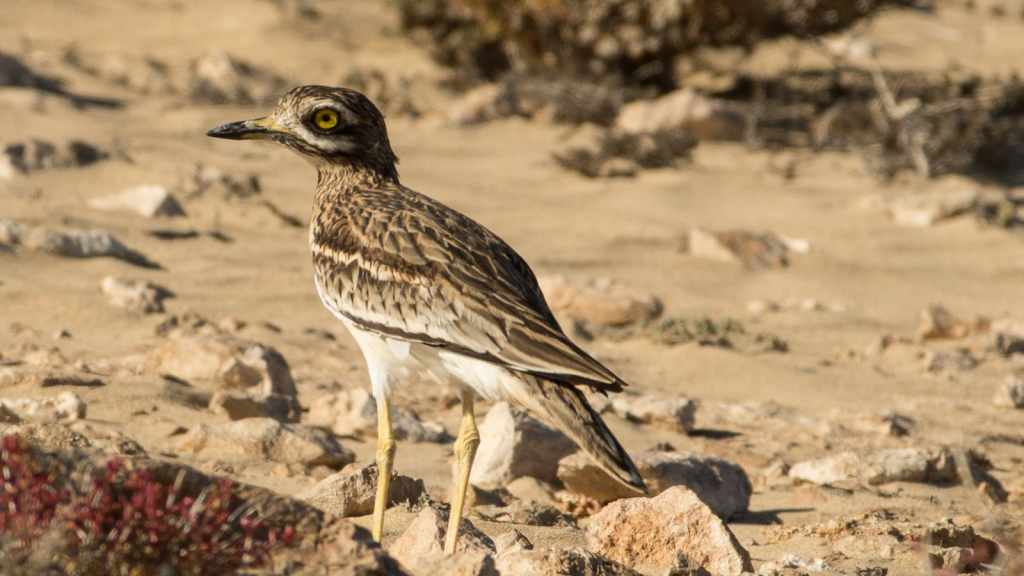
The curlew, with its long, curved bill and haunting call, is one of Britain’s most iconic wading birds. But it’s also one of the most threatened, with numbers down by 65% since 1970. Drainage of wetlands, changes in farming practices, and predation of eggs and chicks are all contributing to its decline. Conservation efforts include protecting nesting sites from predators and working with farmers to delay mowing in fields where curlews breed.
Lapwing
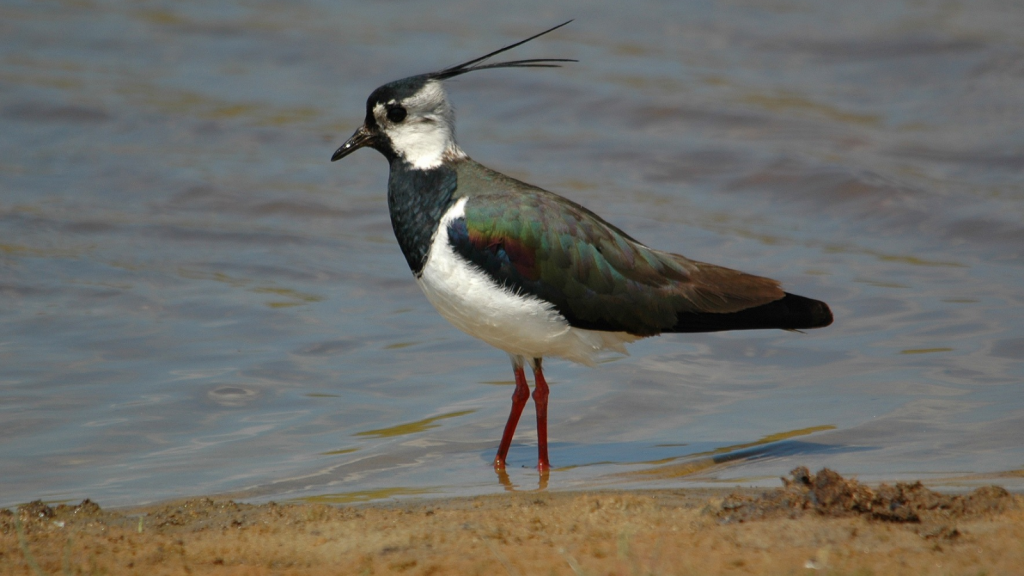
Also known as the peewit due to its distinctive call, the lapwing is a beautiful bird with a striking crest. Its numbers have fallen by 64% since 1970. Like many ground-nesting birds, lapwings struggle to raise chicks in intensively farmed landscapes. Creating shallow wetlands and areas of rough grassland can provide ideal breeding habitat for these charismatic birds.
Corn Bunting
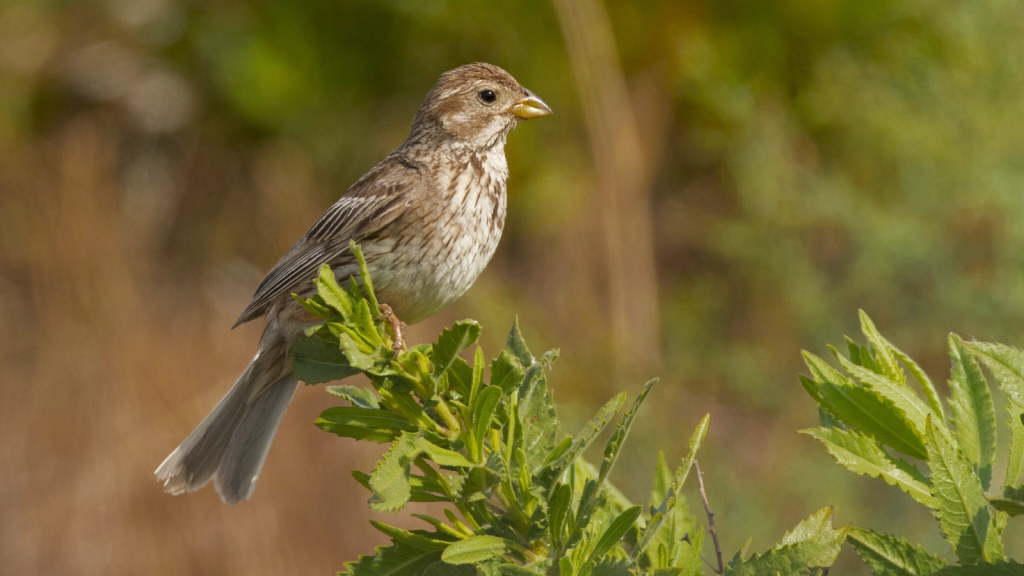
The corn bunting, once common on farmland across Britain, has seen its population crash by 89% since 1970. These stocky birds rely on seed-rich habitats and insect-rich areas for raising chicks, both of which have been reduced by modern farming methods. Some farmers are now leaving overwinter stubble and planting wildflower margins to provide food and habitat for corn buntings.
Tree Sparrow
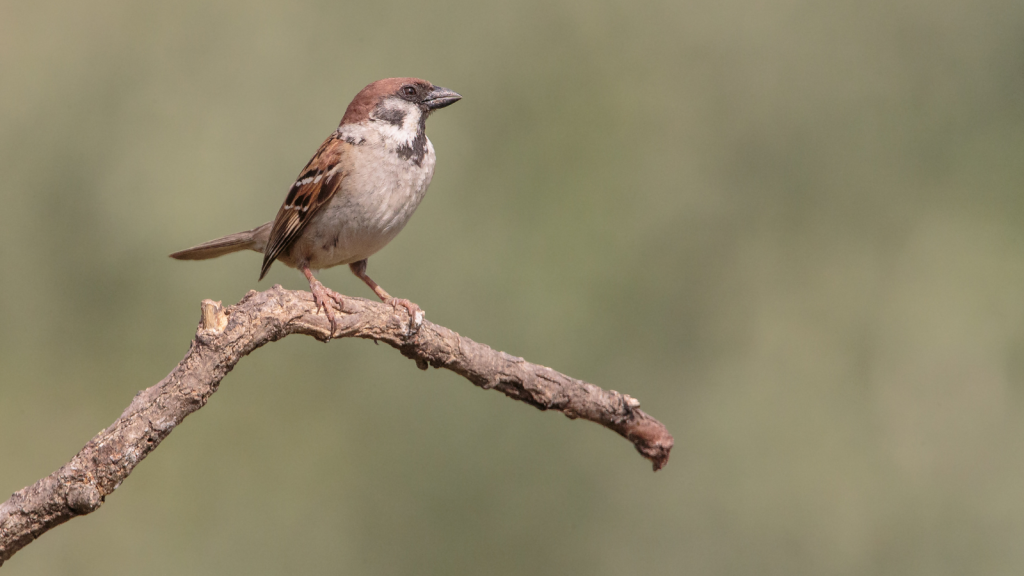
Similar to its house sparrow cousin but with a distinctive chestnut cap, the tree sparrow has declined by a shocking 96% since 1970. Changes in farming practices have reduced its food supply and nesting sites in hedgerows and farm buildings. Providing nest boxes and maintaining hedgerows can help support local tree sparrow populations.
Yellow Wagtail

This bright yellow bird, often seen following cattle to catch the insects they disturb, has declined by 74% since 1970. The drainage of damp meadows and intensification of grazing have reduced its breeding habitat. Restoring wet grasslands and implementing more wildlife-friendly farming practices can help yellow wagtails recover.
Marsh Tit
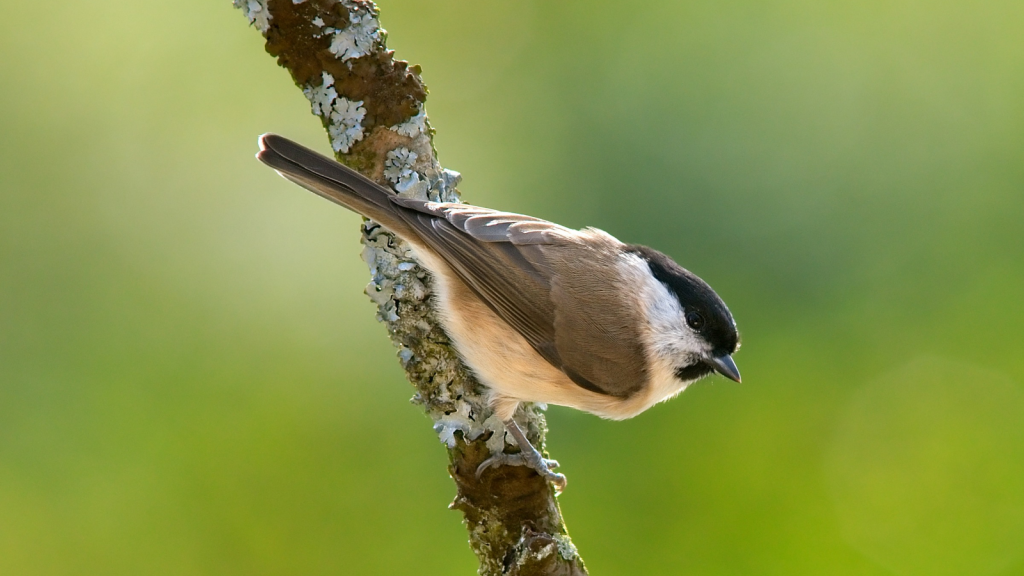
Despite its name, the marsh tit is actually a bird of deciduous woodland. It has seen a 73% decline since 1970. The loss of understory vegetation in woods, possibly due to increased deer browsing, may be affecting its food supply. Managing woodlands to maintain a diverse structure with plenty of undergrowth can benefit marsh tits and many other woodland species.
Yellowhammer
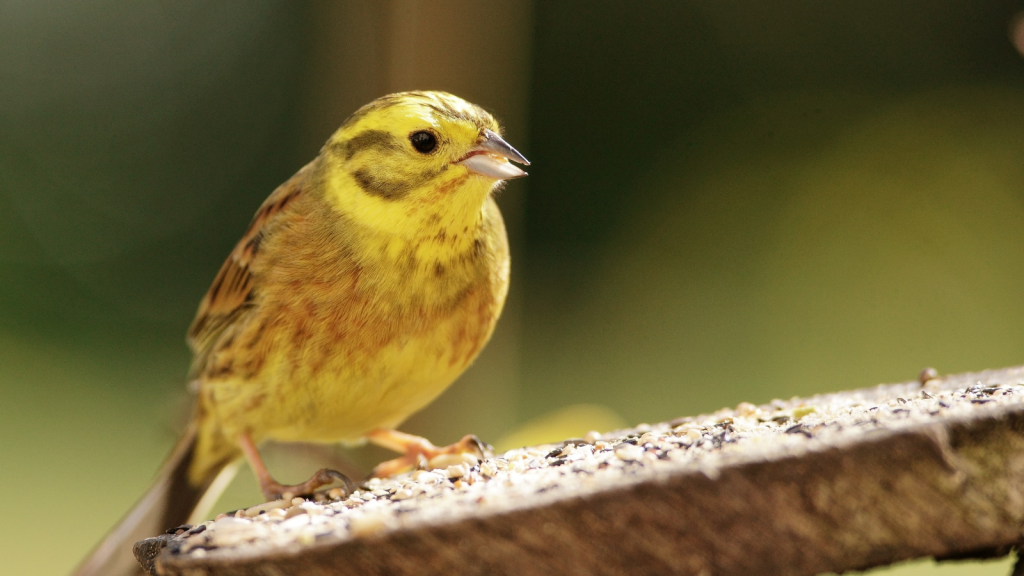
The yellowhammer, with its bright yellow head and breast, is still a fairly common sight in the countryside. However, its numbers have fallen by 60% since 1970. Like many farmland birds, it has been affected by changes in agricultural practices that have reduced its food supply. Planting hedgerows and maintaining scrubby field margins can provide important nesting and feeding habitat for yellowhammers.
Puffin

While not traditionally thought of as a British bird, puffins breed in large numbers on our coasts. These charismatic seabirds have seen significant declines in recent years, with some colonies shrinking by up to 42%. Climate change, affecting their fish prey, is thought to be a major factor in their struggles. Efforts to protect marine environments and reduce plastic pollution in the oceans are crucial for puffin conservation.
Becky is a fervent wildlife enthusiast and pet care expert with a diploma in canine nutrition. Her love for animals stretches beyond the domestic, embracing the wild tapestry of global fauna. With over a decade of experience in animal welfare, Becky lends her expertise to OutlandishOwl through insightful articles, captivating wildlife information, and invaluable guidance on pet nutrition. Her work embodies a deep commitment to understanding the intricate lives of animals and a passion for educating others on sustaining natural habitats. Becky's hands-on conservation efforts and her knack for translating complex dietary science into practical pet feeding tips make her an indispensable voice for creatures great and small.

